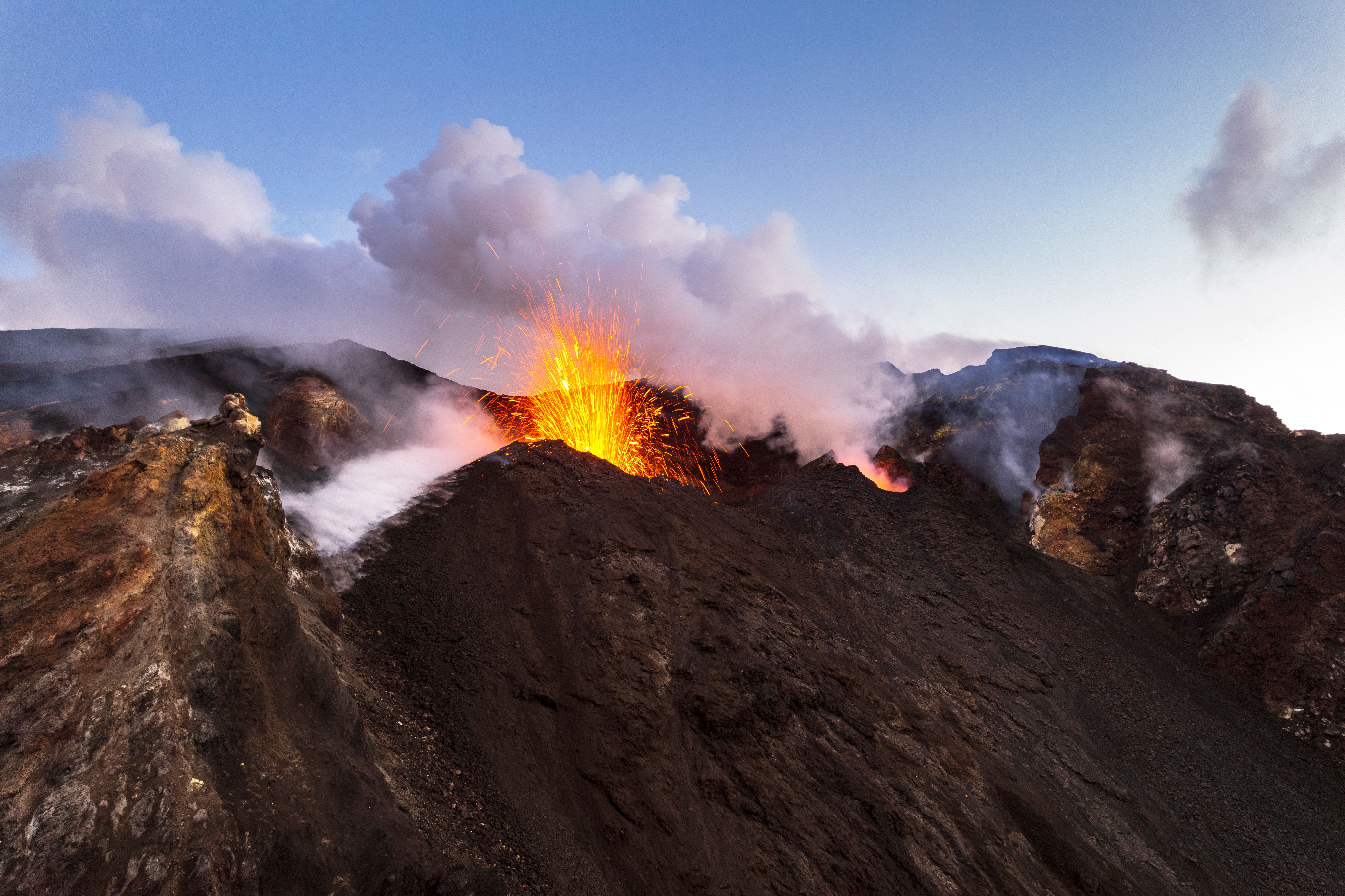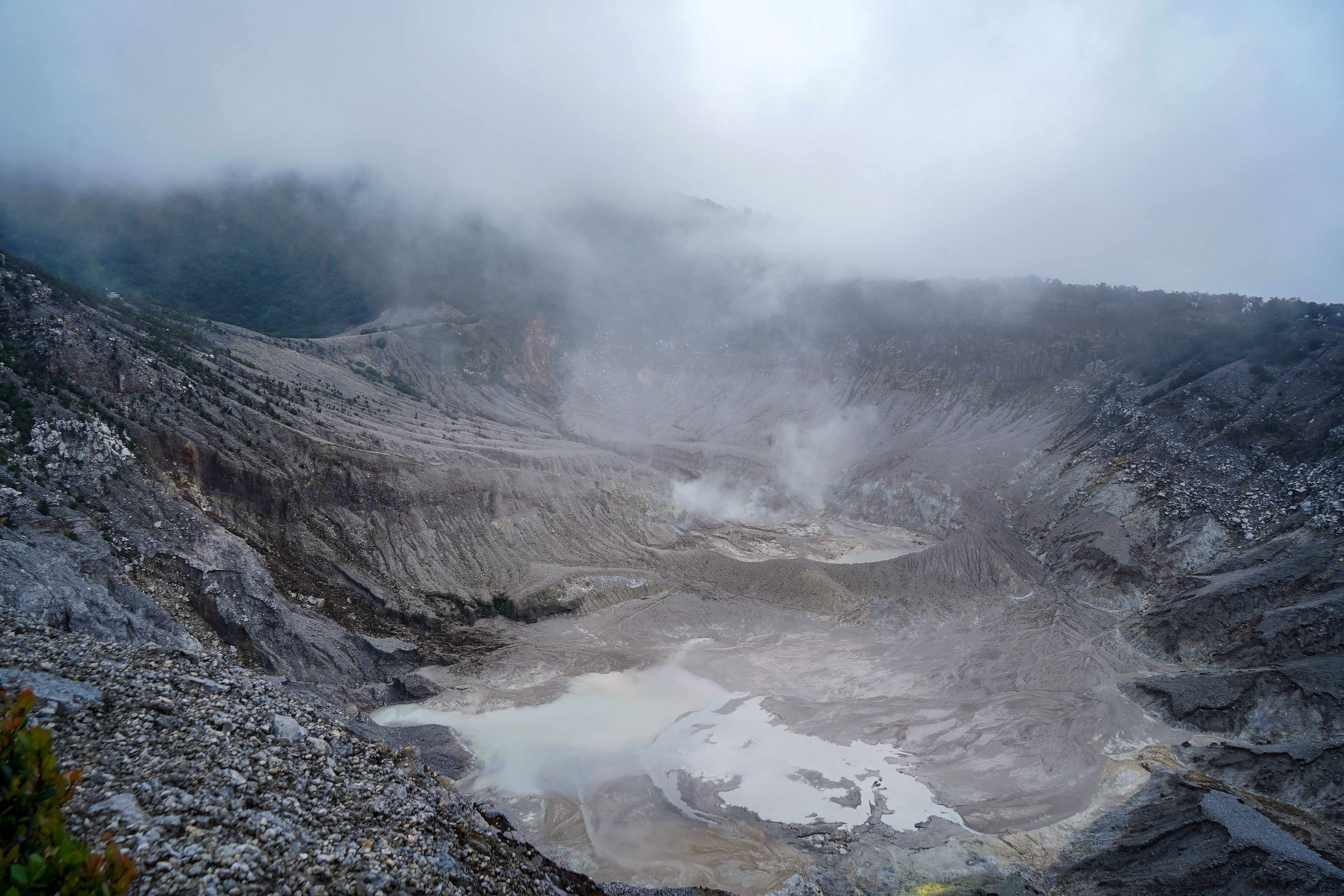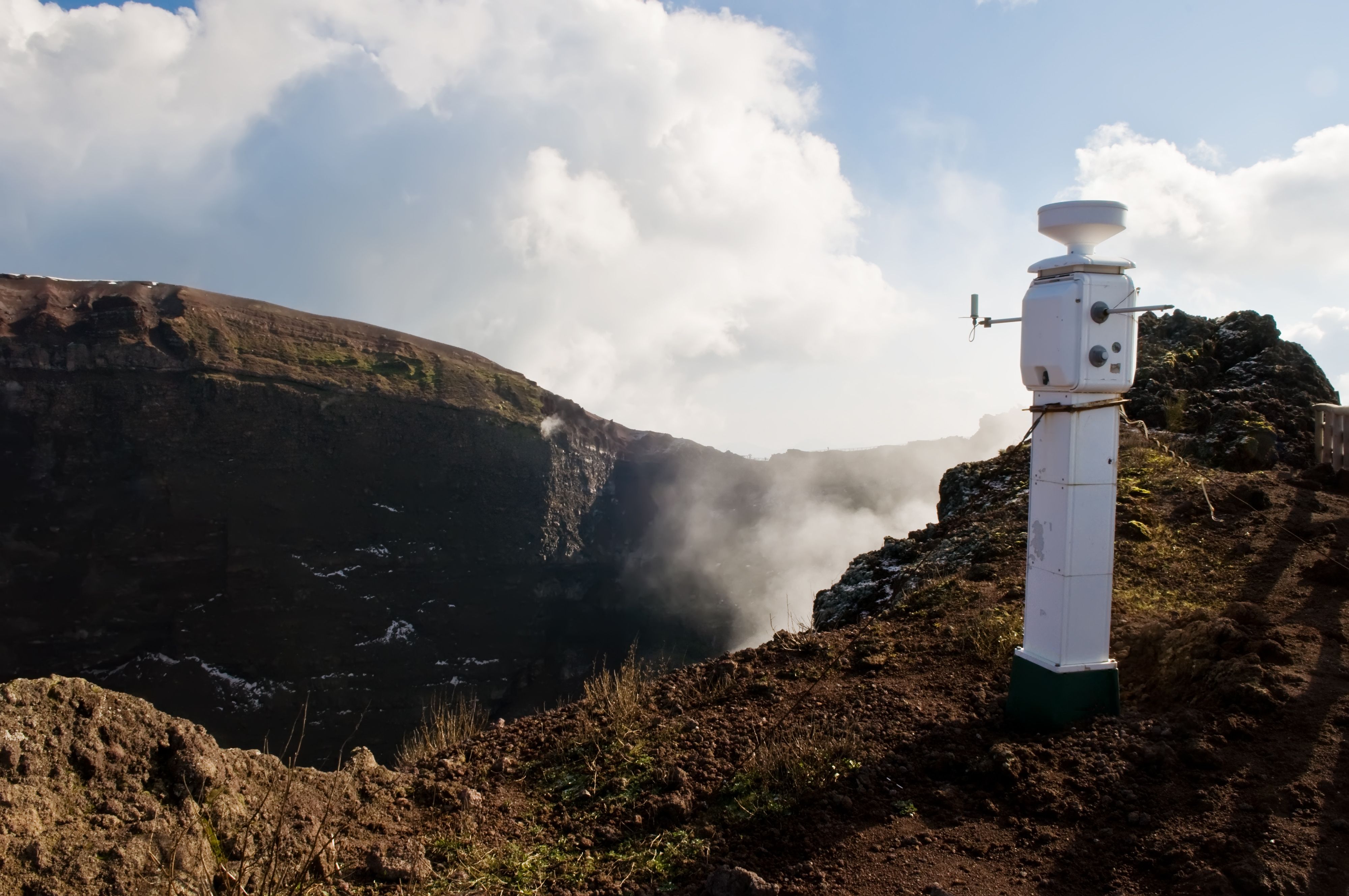Monitoring the Pulse of Active Volcanoes
Understanding Volcano Monitoring
Volcanoes are among the most fascinating and powerful natural phenomena on Earth. These geological formations can pose significant risks to nearby communities and ecosystems due to their potential for explosive eruptions. Monitoring the pulse of active volcanoes is essential for predicting eruptions and minimizing their impact on human lives and property.
Volcano monitoring involves a combination of geological, geochemical, and geophysical techniques to track changes in a volcano's behavior. By understanding these changes, scientists can provide early warnings of potential eruptions, allowing for timely evacuations and risk mitigation strategies.

Geological Monitoring Techniques
Geological monitoring focuses on observing and analyzing the physical changes in and around volcanoes. Scientists use tools such as GPS and InSAR (Interferometric Synthetic Aperture Radar) to measure ground deformation, which can indicate magma movement beneath the surface. These measurements help identify areas of potential eruption and assess the risk level.
Another crucial aspect of geological monitoring is examining volcanic deposits. By studying past eruptions, researchers can better understand a volcano's behavior patterns, helping to predict future activity. Mapping lava flows and ash deposits also aids in assessing potential hazards to surrounding areas.
Geochemical Monitoring Techniques
Geochemical monitoring involves analyzing gases released by volcanoes to detect changes in their activity level. Volcanic gases such as sulfur dioxide, carbon dioxide, and hydrogen sulfide offer clues about the movement of magma beneath the surface. Variations in gas composition and emission rates can signal an impending eruption.

Scientists use various methods to collect gas samples, including mobile labs, remote sensors, and drones equipped with gas analyzers. This data is then used to model potential eruption scenarios and inform emergency response plans.
Geophysical Monitoring Techniques
Geophysical monitoring employs a range of technologies to study the internal processes of volcanoes. Seismometers are crucial for detecting earthquakes associated with volcanic activity, as these tremors often precede eruptions. By analyzing seismic data, scientists can pinpoint the location and depth of magma movement.
Additionally, ground-based and satellite-based technologies monitor changes in a volcano's magnetic field and thermal output. These variations can indicate shifts in magma flow or the presence of new intrusions, providing valuable information for eruption forecasts.

The Importance of Integrated Monitoring Systems
While each monitoring technique provides valuable insights, an integrated approach is essential for accurate predictions. Combining data from geological, geochemical, and geophysical sources allows scientists to form a comprehensive picture of a volcano's behavior. This holistic understanding enables more precise forecasts and improves the effectiveness of early warning systems.
Continued advancements in technology are enhancing our ability to monitor volcanoes more effectively. With improved data collection and analysis tools, scientists are better equipped to anticipate eruptions and mitigate their impact on communities around active volcanoes.
Conclusion
Monitoring the pulse of active volcanoes is a complex yet vital task that relies on a multidisciplinary approach. By harnessing the power of geological, geochemical, and geophysical techniques, scientists strive to safeguard lives and infrastructure from the unpredictable nature of volcanic activity. As technology continues to evolve, so does our ability to understand and respond to these formidable forces of nature.